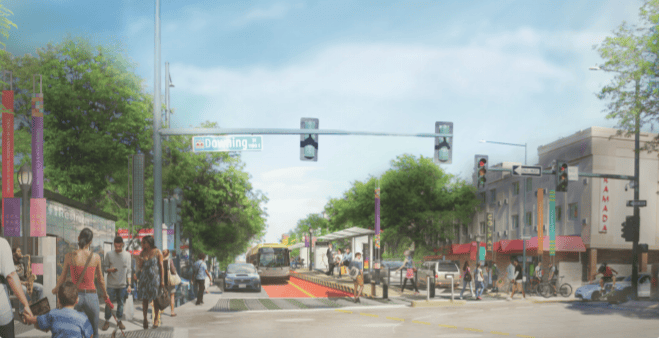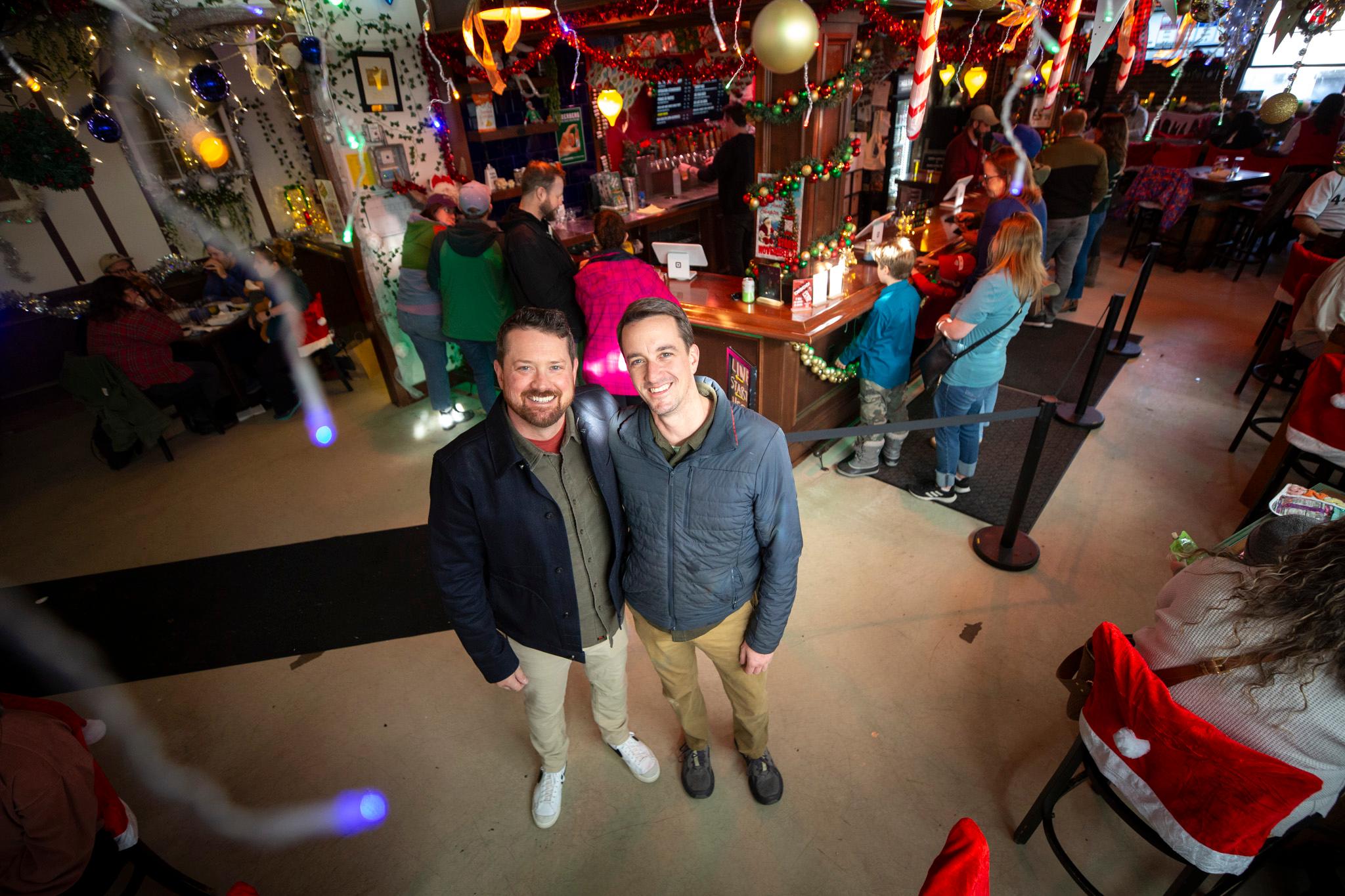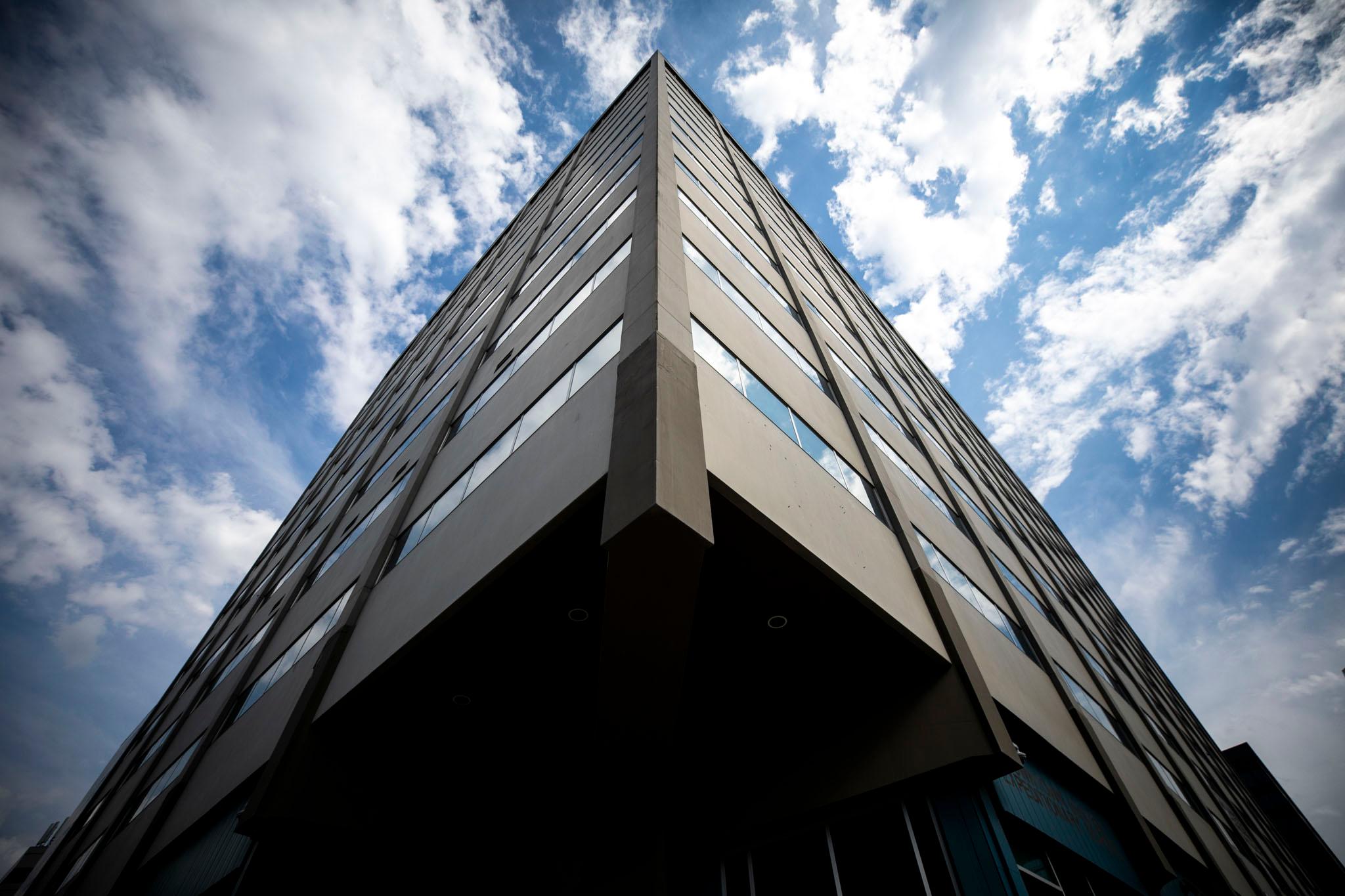Everyone agrees: Denver's most important transit vein needs an upgrade. The well-loved 15 and 15L bus routes along Colfax run into the heart of downtown and transport more than 20,000 Denverites a day.
The next step is implementing bus rapid transit, or BRT, to keep buses from getting trapped in Colfax car traffic. The plan is to build dedicated bus-only lanes and stops in the center of the street, running 5.5 miles from Broadway to Yosemite. Eventually, stops will be no more than one-third of a mile apart with buses running every five minutes during rush hour.
The cost? Cutting down Colfax from four car lanes to two.

This is a long-term development project involving many city, county and regional agencies. Our own reporting previously listed construction dates in 2020 or 2021, but the latest city estimates are vague, simply saying construction is slated for "later in the 2020s." At a July 21 public workshop, officials said they hoped BRT service would be up and running in 2028. They denied that the pandemic slowed progress. The city already struggled to pay for the project back in 2019.
Upcoming city studies, part of the the early design phase that will wrap up around 2022, will attempt to show the effect on side streets once Colfax's lanes are reduced. What officials know, however, is that these streets are already being negatively impacted by Colfax congestion, and it's only going to get worse without intervention. Plus, directing people to public transport helps reduce overall traffic.
Around $55 million has been allocated to the Colfax BRT project from the 2017 Elevate Denver Bond program, and officials plan to lean on federal funding for the rest. According to our previous reporting, at the upper end, the project could cost $168 million.
This early design phase also means it's the perfect time for Denverites to make their voices heard in the BRT survey, which will be open through the end of August.
Other, shorter-term improvements to the 15 and 15L line are also underway. Bus stops will get added shelters, lighting, benches, security cameras and scheduling information, all of which are slated for completion at the end of 2021.
"I will candidly say we have had some supply chain issues, and so it's possible it will extend into next year," Susan Wood, a planning project manager with the Regional Transportation District, explained at the workshop.
This begs one really important question: What's going to happen to all those shiny new bus stops if they're going to be moved once construction begins?
"The shelters have been designed so that they can be constructed at the bus stops today, but can moved to other locations later. They are sort of a package," Wood said. "They will be reused."













